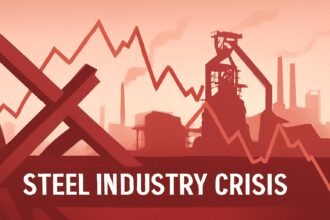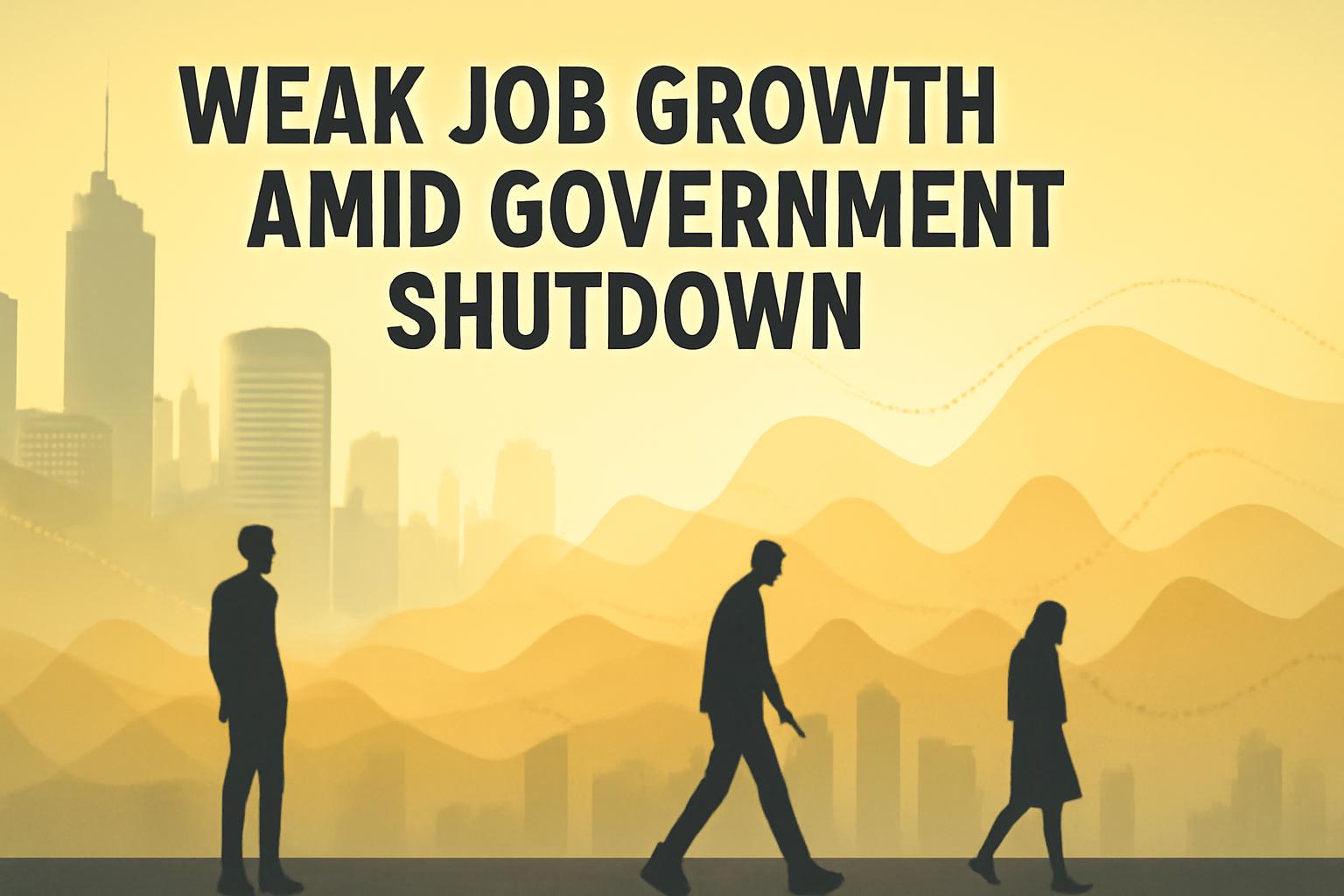Employment Growth Flat Amid Government Shutdown
The US government shutdown in early October 2025 led to a suspension of official employment data releases from the Bureau of Labor Statistics (BLS), leaving a critical gap in assessing the labor market’s health for September. In response, investment firm Carlyle utilized its proprietary data to estimate job growth, revealing a subdued increase of just 17,000 new jobs in September, trailing the 22,000 jobs reported for August by the BLS.
Alternative Data Confirms Weak Hiring Trends
Other private sector data sources corroborate Carlyle’s findings, indicating an overall slowdown in employment gains.
- Payroll processor ADP reported a loss of 32,000 private sector jobs in September, influenced partly by revisions to previous BLS data.
- Outplacement firm Challenger, Gray & Christmas noted that layoffs decreased, yet planned hiring reached its lowest level since the 2009 financial crisis.
Broader Economic Indicators Present Mixed Signals
Despite the tepid employment growth, Carlyle highlighted stronger economic fundamentals in other areas:
- Gross Domestic Product (GDP) growth ran at an annualized rate of 2.7% in September.
- Business investment accelerated by 4.8% on a three-month annualized basis.
- Consumer energy prices declined by 3.8%, while services excluding shelter increased 3.3%, a key metric for Federal Reserve policy considerations.
Carlyle’s data draws from a comprehensive portfolio encompassing 277 companies, 694 real estate holdings, and approximately 730,000 employees worldwide.
Contrasting Labor Market Assessments
While Carlyle’s analysis points to weak payroll gains, other financial institutions offer differing perspectives on labor market conditions. Goldman Sachs’ recent tracker suggested a stronger underlying job growth of 80,000 positions for September and highlighted a loosening labor market with more workers than available jobs, a scenario not seen in a decade.
Rising Concerns on Job Security in Consumer Surveys
The New York Federal Reserve’s September Survey of Consumer Expectations revealed growing apprehension about employment prospects:
- 41.1% of respondents expect the unemployment rate to increase over the next year, up 2 percentage points from August.
- The average perceived likelihood of losing a job within the coming year rose to 14.9%, a 0.4 percentage point increase.
- Despite this, optimism about finding a new job within three months after a job loss improved to 47.4%, recovering from a recent low of 44.9%.
FinOracleAI — Market View
Carlyle’s proprietary employment data amid the government shutdown offers a cautious signal of labor market softness in September, with job growth significantly weaker than previous months. This subdued hiring pace contrasts with mixed economic indicators—robust GDP and investment figures suggest underlying economic resilience, yet labor market slack appears to be increasing.
- Opportunities: Potential easing of wage pressures may reduce inflationary risks, supporting Federal Reserve policy flexibility.
- Risks: Weak employment growth and rising job security concerns could dampen consumer spending and slow economic momentum.
- Market participants should monitor upcoming official BLS data releases post-shutdown for confirmation.
- Close attention to private sector hiring trends and consumer sentiment will be critical in assessing near-term labor market conditions.
Impact: The data suggests a softening labor market that may temper Federal Reserve tightening, but ongoing uncertainty from the shutdown and mixed signals warrant cautious market positioning.













